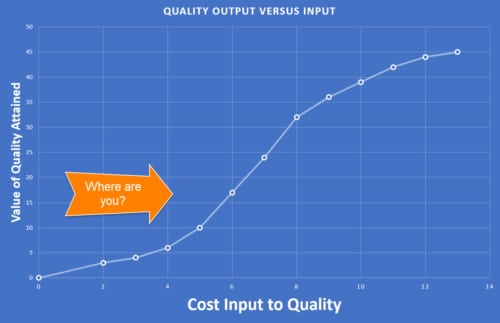
The reality is that businesses are bleeding money due to poor-quality apps. And unfortunately, even a great development team can’t prevent all problems. There are too many lines of code to manage, too many weaknesses in the open-source software supply chain, and too much technical debt.
While there might not be a way around quality issues, there is a way your business can prevent losses from poor software quality and develop an app that meets your customers’ quality expectations.
This article discusses how poor-quality software affects your business and product and how you can improve your quality management.
What Is Poor-Quality Software?
The cost of poor software quality in the United States is around $2.41 trillion. This is because too many apps today are released with bugs, usability challenges, and vulnerabilities — costing software developers a lot of money.
And yet, more and more businesses are using app development to appeal to their customers. App releases reached a new high in 2022. Unfortunately, nearly 70% of the time spent on these apps is spent testing and chasing bugs.
Why are developers churning out apps so quickly? Whether it’s to meet customer demand or deliver a final product, doing so leads to significant problems with the actual software quality.
What Causes Poor Quality Software?
Poor-quality software almost always points to poorly written code. Good code should do what it’s intended to, is comprehensible, and be highly tested. Bad code is buggy, slow, and unmaintainable, often leading to costly refactoring from performance problems, like software failures and SQL injection vulnerabilities or superficial issues like typos.
It may seem like the bottom line says that developers can’t create an exceptional app and conduct quality software testing. But what’s stopping them? There are a few main drivers of poor software quality: Technical debt, supply chain weaknesses, lack of domain knowledge, and strained developers.
Reason #1: Technical Debt
Technical debt refers to the additional reworking costs of the software after they’ve chosen an easy, cheaper, or faster solution instead of a better approach that would have taken longer and cost more money.
Technical debt can be done on purpose — but it doesn’t always pay off. For example, a company might release an app prematurely to establish a presence and receive quick customer feedback, only for that feedback to be negative and cause reputational damage.
Whether this is the development team cutting corners to meet a deadline, skipping some aspects of software testing, missing documentation, or something else, it can snowball into an expensive problem down the line.
Reason #2: Supply Chain Weaknesses
Developers use many third-party codes to save time, but this code might have flaws. This issue has become a major one in recent years with the explosion of available code in today’s competitive global economy: In fact, the number of software failures caused by weaknesses — like cyber attacks — in the open-source supply chain rose by 650% from 2020 to 2021.
Reason #3: Lack of Domain Knowledge
Software developers have plenty of domain knowledge when it comes to creating code, but what if what they’re creating code for is over their heads?
Domain knowledge refers to the knowledge of a specific profession, activity, or industry, and without specific domain knowledge for the app developers are building, they can create mistakes. For example, developers who create eCommerce apps can’t necessarily create high-quality applications for the banking industry.
Reason #4: Strained Developers
It’s rarely a good idea to have your developers be the testers. If you combine the two jobs, you’ll likely get strained, burnt-out developers who might miss critical bugs or errors. Due to a lack of experience, a difference in approach, and the sometimes-inevitable developer bias, it’s always better to leave testing to the experts — and they’re not your developers.
5 Costs Your Business Might Incur from Software Quality Issues
It may seem obvious that you’d lose money from software with poor functionality, but do you know what kinds of costs developers typically incur? From internal failure costs (like fixing a defect) to external failure costs (like loss of future sales), there are quite a few ways your business can lose money because of poor software quality and a lack of good testing.
Cost #1: App Abandonment
If users run into a bug or don’t like the user interface, they might delete your app. Nearly one-third of smartphone users will delete an app due to poor performance, requiring ease of use, accurate documentation, and good responsiveness.
As you can see, sometimes even the slightest inconveniences can drive users and customers away. For example, when customers have trouble entering their credit card info, they might stop the transaction and move on to a competitor. No one wants to worry about getting their personal information stolen or feel frustration from retyping 15-digit-long card numbers over and over.
Cost #2: Customer Support
When a user runs into a problem and doesn’t abandon your app, they will likely seek help. If a customer doesn’t get a purchase confirmation from your online shop, they will seek help from your customer support team to verify the charge.
But when you have hundreds or thousands of users requesting help at once, you’re looking at a high volume — and you need to make sure you can meet these needs since live customer support interactions cost between $5 and $12 each!
This can tax your customer support resources, forcing agents to take time dealing with issues that would never have existed if your app had been adequately tested.
Cost #3: Reputational Damage
Another problem that can add up over time is reputational damage. Since 9 out of 10 consumers read reviews before they make a purchase, you could lose future customers if several users have frustrating experiences with your app or website.
So not only are you potentially losing the lifetime value of your frustrated customer who runs into a software bug, but all the people who read that one bad review might steer clear of your business.
Cost #4: More Expensive Bug Fixes
Did you know that it’s up to 100 times more expensive to fix an error found after release than if it was identified during the testing stages? Now, extrapolate that to every software bug that crops up later in the software development life cycle, and you can see why quality management is so important from day one. Basic prevention costs, like adequate software testing, could save you thousands of dollars.
Cost #5: Cybercrime Losses
Cybercrime losses are another cost area caused by poor software quality because low-quality software is more likely to have vulnerabilities that hackers can exploit. Unfortunately, this number keeps rising.
A few years ago, the U.S. Department of Homeland Security said that 90% of security incidents happen because hackers exploit software defects.
With companies continuing to release mobile and web apps to engage with customers, partners, and other stakeholders digitally, this problem hasn’t improved much. Cybercrime losses caused by vulnerabilities in software rose 64% from 2020 to 2021, so it’s still a big concern.
How to Protect Your Business From the Cost of Low-Quality Software
When you unpack the potential for short- and long-term problems, there’s a staggering cost: Poor software quality. There are many ways to lose money — from lost customers to more expensive bug fixes — simply because your software team missed a few defects.
But that doesn’t mean your development team can’t achieve software free of bugs with the right amount of quality management. The key is to infuse quality testing and quality assurance into every step of the software development process. Here are some things you can do to make this happen.
Tip #1: Test Early and Thoroughly
First, you should have a testing team conducting preventative testing to catch bugs early on. Then, you want to use a rigorous testing process throughout the development lifecycle.
You want to have an experienced team dig into the design, the code architecture, code security, and the code quality, and say: Will this product be fit for purpose? Will it be able to do what it’s supposed to? And they should continue asking these questions along the way.
This is a massive undertaking because you must go through every aspect of software product quality.
Tip #2: Listen to Customer Feedback
You need a feedback loop that brings in customer input to avoid runaway costs from poor software quality. To create great software, you need to hear what your real-life users think — whether that means evaluating the experience of your beta users, reading customer reviews, or another process. When you process customer complaints, your software development team knows what they can do to enhance the user interface and what features to include or leave out.
Tip #3: Focus on User Experience (UX)
Good-quality software aligns with your users’ wants. But too many development teams miss this point and create an experience that’s out of touch with the target audience. This is where software consulting comes in.
By consulting with quality assurance experts who translate needs, wants, and preferences into great UX, you can start with a product that delights your users instead of tackling features later on. For starters, you may choose to have A/B testing performed to see which layout, colors, or design customers respond to the most.
Tip #4: Separate Testing From Development
Don’t make your developers work as testers, too. If you do, they may spend most of their time in product testing because they don’t have the time to do the preventative testing and the function, performance, and security testing steps at the beginning.
Then, they run into bugs that are more time and resource-intensive to fix. Or they need to catch up on some errors and design flaws, leading to future cost problems.
Because testing is an intensive process that requires a certain skill level, your developers can’t do both.
The solution is to separate software testing so your developer can do their job: Create great features, ensure everything the user wants is there, and deliver a smooth, functional application while leaving the bugs to the professionals. You’ll get a better software product in less time and with a lower total cost.
Conclusion
Poor software quality is an expensive problem in the software industry.
But your business doesn’t have to eat the costs caused by vulnerable software systems, bugs, and a problematic user interface. With a dedicated software testing team, you can avoid the problems that lead to poor software quality.
XBOSoft will take testing off your developers’ shoulders and ensure your product meets its objectives. Contact us today to speak with one of our experts.

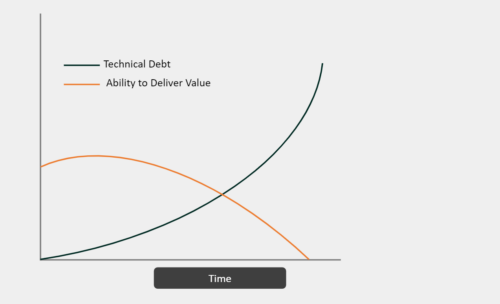
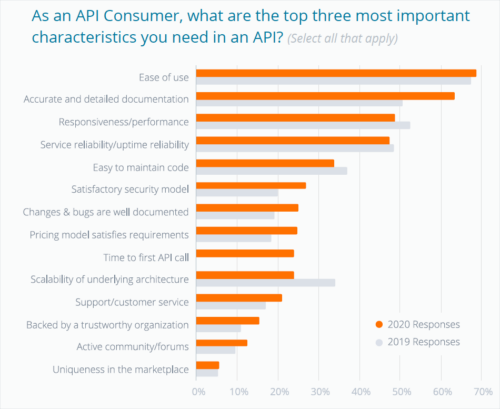
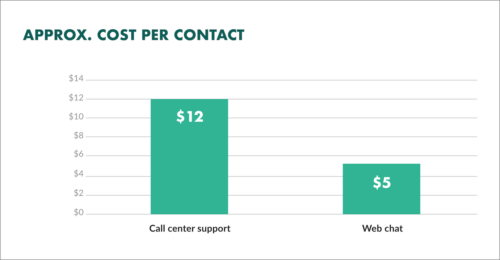
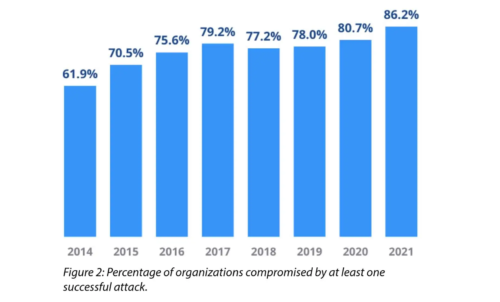
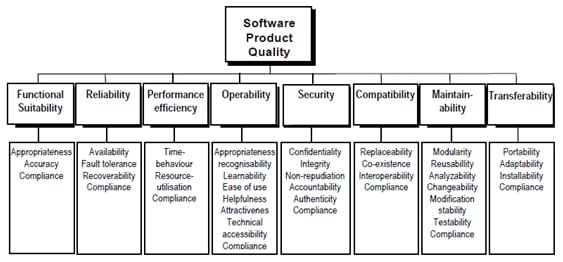
Leave A Comment